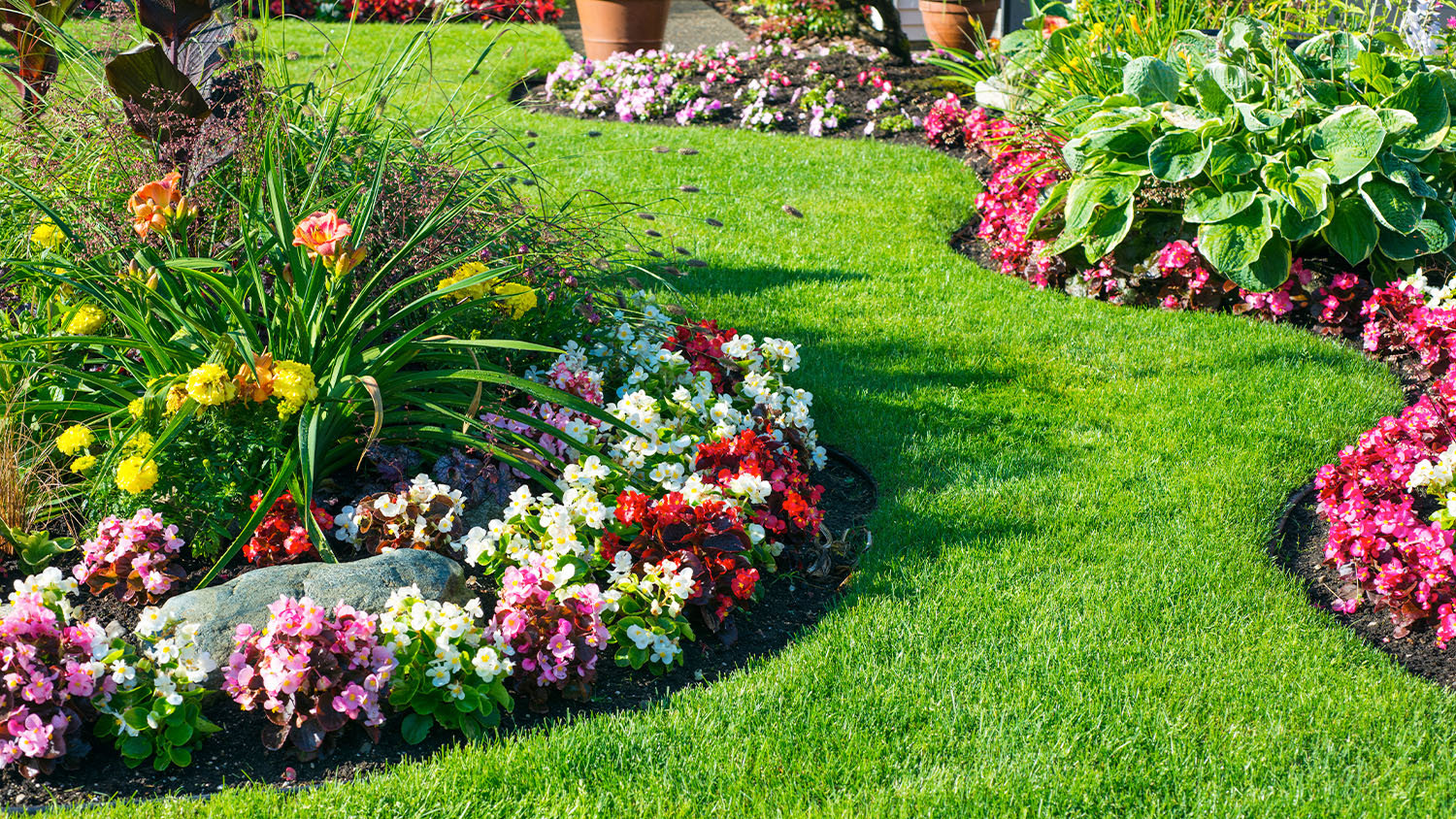Flowering plants, scientifically known as angiosperms, represent one of the most diverse and evolutionarily successful groups of plants on Earth. Their vibrant blossoms, intricate structures, and ecological roles have made them a central part of terrestrial life https://mojdomowyazyl.pl. From providing food for humans and animals to maintaining ecological balance, flowering plants play a crucial role in shaping our environment.
Origins and Evolution of Flowering Plants
Flowering plants first appeared around 130 million years ago during the Cretaceous period. They quickly spread across the planet, adapting to different climates and terrains. Their ability to produce flowers and fruits gave them a distinct advantage over non-flowering plants like ferns and conifers. Flowers are specialized structures for reproduction, allowing angiosperms to develop complex relationships with pollinators such as insects, birds, and mammals.
The evolutionary success of flowering plants is often attributed to their ability to adapt and evolve rapidly. Flowers have developed into a wide range of forms, colors, and sizes, each tailored to attract specific pollinators or to disperse seeds efficiently. This adaptability has enabled them to colonize nearly every habitat on Earth, from tropical rainforests to arid deserts.
Anatomy of a Flowering Plant
The anatomy of flowering plants is divided into three primary parts: roots, stems, and leaves, each playing a specific role in the plant’s survival and reproduction.
- Roots: These anchor the plant into the soil and absorb water and nutrients. Some flowering plants, such as carrots and beets, have roots that store food.
- Stems: Stems provide structural support, allowing the plant to grow upright and reach sunlight. They also serve as conduits for transporting water, nutrients, and sugars between the roots and the leaves.
- Leaves: Leaves are the primary site of photosynthesis, where the plant converts sunlight into energy. The structure and shape of leaves can vary significantly among flowering plants, adapting to different light conditions and water availability.
However, the most distinctive feature of flowering plants is their flowers, which consist of several parts:
- Petals: Often colorful and fragrant, petals attract pollinators to the flower.
- Sepals: These small, leaf-like structures protect the developing bud before it opens into a flower.
- Stamens: These are the male reproductive organs, consisting of anthers that produce pollen.
- Carpels (Pistils): The female reproductive organ of a flower, which includes the stigma, style, and ovary. The ovary contains ovules that develop into seeds after fertilization.
The Role of Pollination
Pollination is the process by which pollen is transferred from the male parts of a flower (stamens) to the female part (stigma), leading to fertilization. This process can occur through self-pollination or cross-pollination. Cross-pollination, where pollen is transferred between different plants, increases genetic diversity, leading to healthier and more resilient plant populations.
Flowering plants have developed various strategies to attract pollinators, including bright colors, enticing fragrances, and nectar rewards. Some flowers are adapted to specific pollinators, like bees, butterflies, birds, and even bats. For example, tubular flowers often attract hummingbirds, while large, fragrant blossoms may appeal to nocturnal pollinators like moths.
Fruits and Seed Dispersal
One of the key advantages of flowering plants is their ability to produce fruits, which are ripened ovaries that encase seeds. Fruits serve to protect the seeds and aid in their dispersal. The variety of fruit types is astounding, ranging from simple berries and nuts to complex structures like pineapples and pomegranates.
Seed dispersal is critical for the propagation of flowering plants. Without effective dispersal mechanisms, plants would be unable to spread beyond their immediate vicinity. Flowering plants have evolved numerous methods for seed dispersal, such as:
- Wind Dispersal: Plants like dandelions produce lightweight seeds that can be carried by the wind.
- Animal Dispersal: Some plants produce seeds within fruits that are eaten by animals, who then excrete the seeds at a distance from the parent plant.
- Water Dispersal: Aquatic plants and those near water bodies often have seeds that can float, allowing them to travel with water currents.
Ecological Importance of Flowering Plants
Flowering plants play a crucial role in maintaining ecosystems. They are primary producers, converting sunlight into energy through photosynthesis and forming the base of most food webs. This energy is transferred through herbivores and then to higher trophic levels.
Moreover, flowering plants are essential for the stability of soil and the water cycle. Their roots help prevent soil erosion by anchoring the soil in place, while their leaves and stems intercept rainfall, reducing surface runoff. By maintaining soil health, they support a diversity of life in the soil, from microbes to larger organisms like earthworms.
The role of flowering plants extends to atmospheric regulation as well. Through photosynthesis, they absorb carbon dioxide and release oxygen, contributing to a balanced atmosphere. Forests, many of which are composed of flowering plant species, are especially important in sequestering carbon and mitigating climate change.
